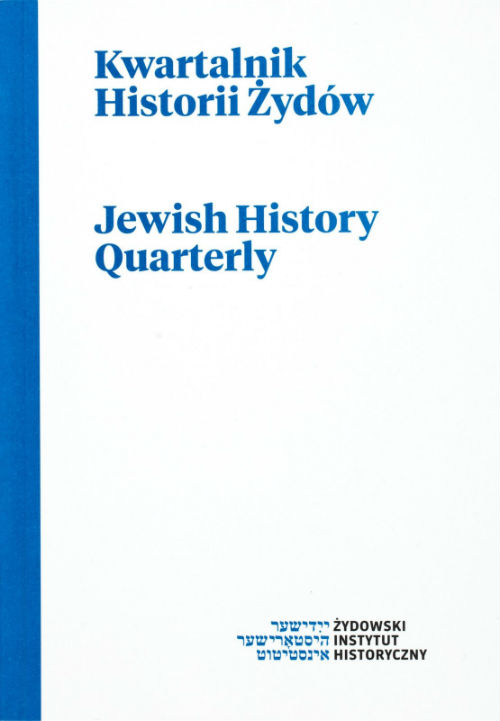The Early Studies in Biblical Hebrew in Poland and Eastern Europe
The Early Studies in Biblical Hebrew in Poland and Eastern Europe
Author(s): Yuri VartanovSubject(s): Cultural history
Published by: Żydowski Instytut Historyczny
Keywords: Oriental studies; Hebrew grammar; textbooks
Summary/Abstract: The Reformation opened in Europe a new era of studies in the Hebrew original of the Bible and simultaneously – an era of studies in Semitic languages on the basis of comparative methods. The early European scholars adopted the Jewish medieval grammar theory, and this new-made hybrid became the main type of Biblical Hebrew grammars till now. A great deal of works on Biblical Hebrew in 16th–17th centuries was compiled in Switzerland, Germany, France, Italy, England and Low Countries. But also we can find a number of grammars compiled by East-European authors or published in East Europe. In 1534 a grammar of one of the first western Christian Hebraists, Jan van Kampen, was republished in Kraków (where he taught Hebrew). It was a Latinized compilation of the grammatical works of the Jewish scholar Eliah Levita. At the end of 16th century another Hebrew grammar was published in Danzig (Gdansk). It was a work of the Danzig professor of philosophy, Bartholomew Keckermann. The only Polish scholar of the period discussed who compiled the Biblical Hebrew grammar was a Krakow University professor Marcin Słonkowicz (died in 1658). The grammar by Słonkowicz of 1651 is composed according to the standard formula. Słonkowicz is also famous as a translator of Aulus Persius Flaccus into Polish. The other scholar who worked in the Baltic region was Andreas Mylius (1602–1649) – professor of Hebrew at the cathedral school in Königsberg (now Kaliningrad, Russia). In 1639 he published a Hebrew syntax in addition to the book of syntax of a very popular author in that period – Martin Trost (1588–1636). At the same place, in Königsberg, in 1644 a professor of Oriental languages Hieronymus Ernesti published his two works on Hebrew and related languages. The first one is a philological analysis of the verse of Genesis 1:1, and the second one is a theoretical essay on the role of other Semitic languages for the best translation of the Bible texts. Also in 1644 he published a short Hebrew grammar. In 1643 a little-known Hungarian author Paul Kis-Mariai published a brief compilative grammar in Franeker (Netherlands). Later, in 1654 in Utrecht a grammar of another Hungarian scholar, György Csipkés Komáromi was published. In Franeker, too, Michael Szathmar Nemethi in 1667 published his brief grammar for beginners. And in the same 1677 a Hungarian Hebraist Esaias Pilarik published in Wittenberg his own version of Hebrew grammar. Finally we should mention a German scholar of the Hungarian origin, Daniel Parschitz. In the very end of 17th he published his tabular grammar in Rostock. Biblical Hebrew was studied and taught at the universities of Eastern Europe; the East-European scholars contributed to the process of the European Christian studies in Biblical Hebrew; as a rule they worked at the academic centers of West Europe; most of their works were standard practical grammars based on the earlier patterns having been composed by the famous European Hebraists in 16th centu
Journal: Kwartalnik Historii Żydów
- Issue Year: 247/2013
- Issue No: 03
- Page Range: 511-523
- Page Count: 13
- Language: English

